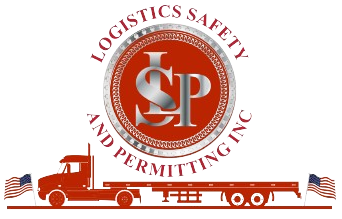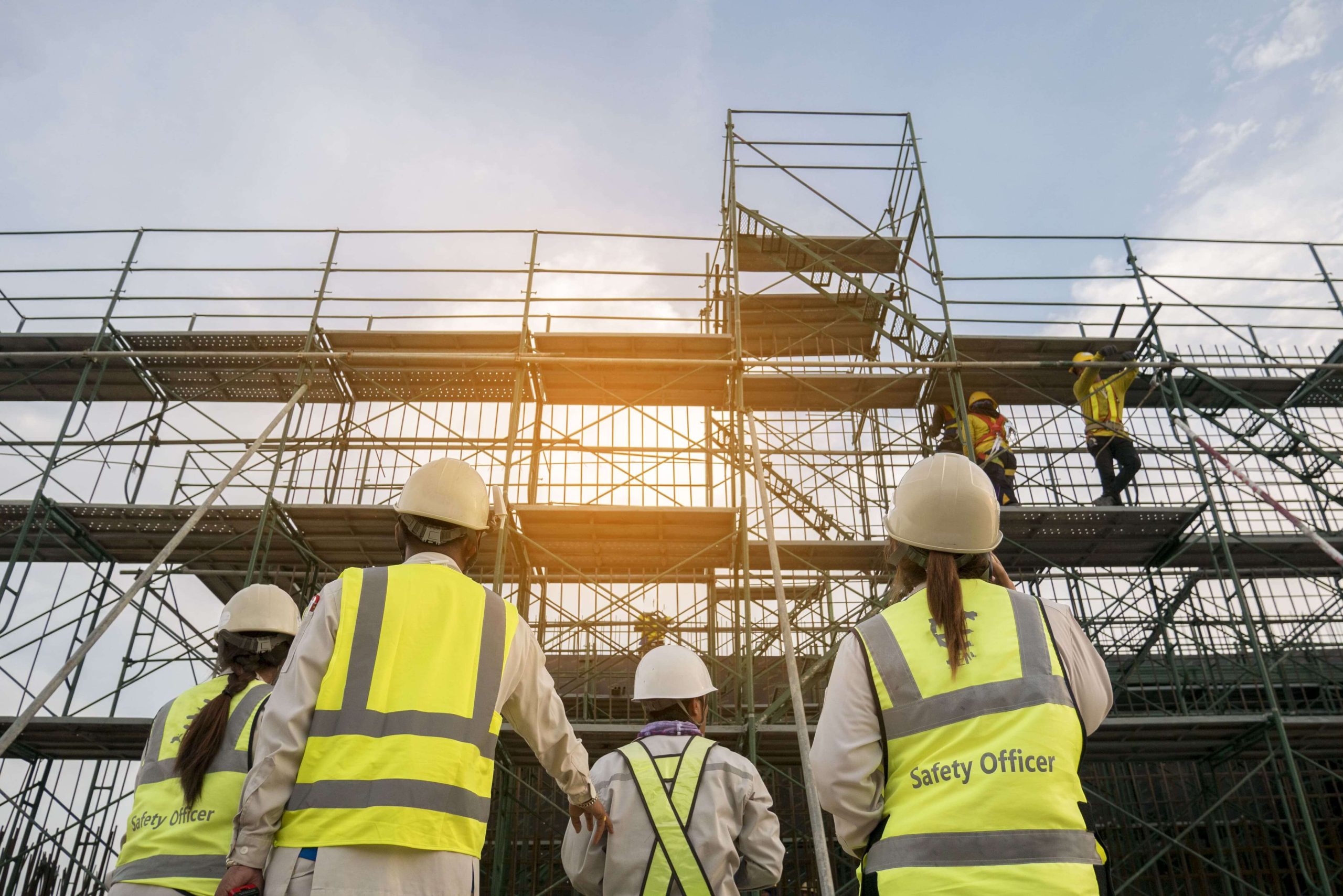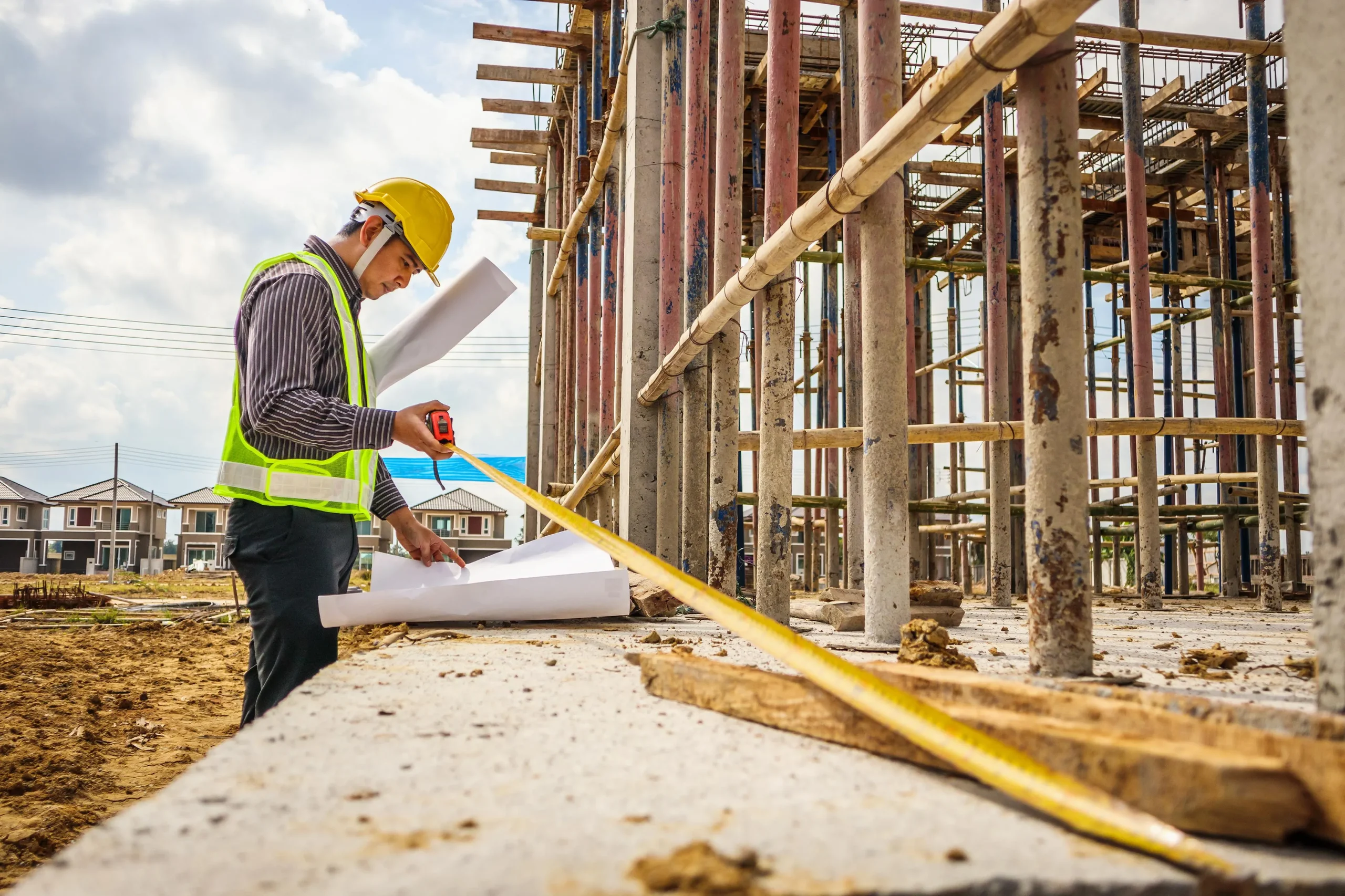Construction is one of the most regulated industries in the United States and for good reason. Each year thousands of injuries and preventable accidents occur on worksites, many tied directly to gaps in planning and execution. This is where OSHA Regulations come into play. They are not just rules on paper. They are life-saving guidelines that shape how projects are designed, documented, and executed.
For developers, project managers, and engineers, the challenge is clear: your drawings must not only communicate the technical details of construction but also integrate safety measures that align with OSHA’s standards. This ensures smoother approvals, safer working conditions, and long-term compliance.
Why OSHA Regulations Matter in Construction Drawings
Before a shovel ever hits the ground, construction drawings tell the story of how a project will unfold. They outline everything from site logistics to structural details and, when done right, embed the safeguards required by construction safety standards.
OSHA Regulations serve as a framework for this planning. By weaving these rules into drawings professionals reduce the risk of costly delays citations or redesigns. More importantly they establish a foundation of accountability ensuring that workers inspectors and project managers share the same safety-first mindset.
For companies like Logistics Safety and Permitting Inc, this means transforming what could be a bureaucratic process into a proactive strategy that prioritizes both compliance and efficiency.
Core OSHA Regulations to Reflect in Drawings
When reviewing or preparing construction documentation, certain OSHA requirements should never be overlooked. Let’s walk through the major ones that every drawing must account for:
1. Fall Protection and Work at Heights
Falls are consistently the leading cause of injuries and fatalities in construction. OSHA Regulations require protective systems such as guardrails, safety nets, and personal fall arrest systems for work conducted above certain elevations.
Construction drawings should clearly show designated fall-protection zones, anchorage points, and access routes to scaffolds and ladders. This not only ensures OSHA compliance but also minimizes ambiguity for crews working at height.
2. Scaffolding and Access Structures
OSHA standards for scaffolding dictate load capacity, bracing, and secure access. Every scaffold must support at least four times the intended load, and access must be safe and obstruction-free. Drawings that fail to represent compliant scaffolding can create hazards and delays during inspection.
By planning for scaffolding needs in advance, engineers create OSHA compliant construction drawings that keep the work both safe and efficient.
3. Excavation and Trenching Safety
Cave-ins are among the most dangerous hazards on a construction site. OSHA Regulations mandate protective systems like sloping, shoring, or shielding when trenches exceed certain depths.
Drawings should specify trenching methods spoil pile locations and access ladders to ensure crews can enter and exit safely. These details prevent improvisation in the field where mistakes are most costly.
4. Electrical Safety and Equipment Layout
Electricity powers every project, but it also presents deadly risks. OSHA standards cover grounding, clearance distances, and lockout/tagout procedures. Construction drawings must mark electrical routes, breaker panel locations, and restricted zones around live circuits.
Clear documentation helps supervisors enforce compliance while reducing the risk of accidental contact or overloads.
5. Fire Prevention and Emergency Access
Every worksite needs a plan for emergencies, whether it’s fire, medical incidents, or natural disasters. OSHA Regulations require accessible exits, fire extinguishers, and emergency action plans.
Construction drawings should illustrate fire lanes, emergency exits, assembly points, and equipment storage locations. These visual cues provide clarity during inspections and peace of mind during operations.
The Role of OSHA Compliant Construction Drawings
It’s one thing to understand safety requirements but another to translate them into the technical language of construction drawings. This is where OSHA compliant construction drawings become a competitive advantage.
By showing fall protection systems, excavation safety measures, scaffolding access, and emergency plans in the design phase, professionals create documents that serve multiple audiences: permitting authorities, inspectors, project managers, and field crews.
This proactive approach not only accelerates approvals but also fosters safer work environments. It reduces disputes between contractors and regulators, helping projects move forward without avoidable stoppages.
Partnering for Safety and Compliance
The intersection of logistics, permitting, and safety is where many projects struggle. Integrating OSHA Regulations into drawings requires both technical expertise and regulatory knowledge. That’s why many developers turn to specialists like Logistics Safety and Permitting Inc, who understand how to merge safety, compliance, and constructability into a seamless package.
When compliance is treated as an afterthought projects risk fines, shutdowns or worse accidents that harm people and reputations. But when compliance is embedded into every drawing safety becomes part of the blueprint itself.
FAQs
1. Why should OSHA Regulations be included in construction drawings?
Including OSHA requirements in drawings ensures that safety is considered during planning, not as an afterthought. It streamlines inspections, minimizes hazards, and keeps projects compliant from day one.
2. What happens if my construction drawings are not OSHA compliant?
Non-compliant drawings can delay permits, trigger OSHA citations, or lead to unsafe practices on site. They may also increase liability for project owners and contractors.
3. Are OSHA Regulations the same across all states?
OSHA sets federal standards, but some states operate their own OSHA-approved plans with additional requirements. It’s important to verify local variations before finalizing drawings.
4. How do OSHA compliant construction drawings benefit project managers?
They provide a clear roadmap for safe execution, reduce conflicts during inspections, and demonstrate due diligence by helping managers keep projects on time and within budget.
5. Can logistics and permitting services help with OSHA compliance?
Yes. Companies like Logistics Safety and Permitting Inc specialize in aligning construction drawings with OSHA standards while also meeting permitting requirements, ensuring a smooth path from planning to approval.
Final Thoughts
Every construction project begins on paper but its success is measured in the real world on sites where workers face risks every day. By embedding OSHA Regulations into construction drawings professionals create safer and more efficient projects that protect both people and progress.
For developers contractors and property owners this is not just about compliance it is about building responsibly from the ground up.







